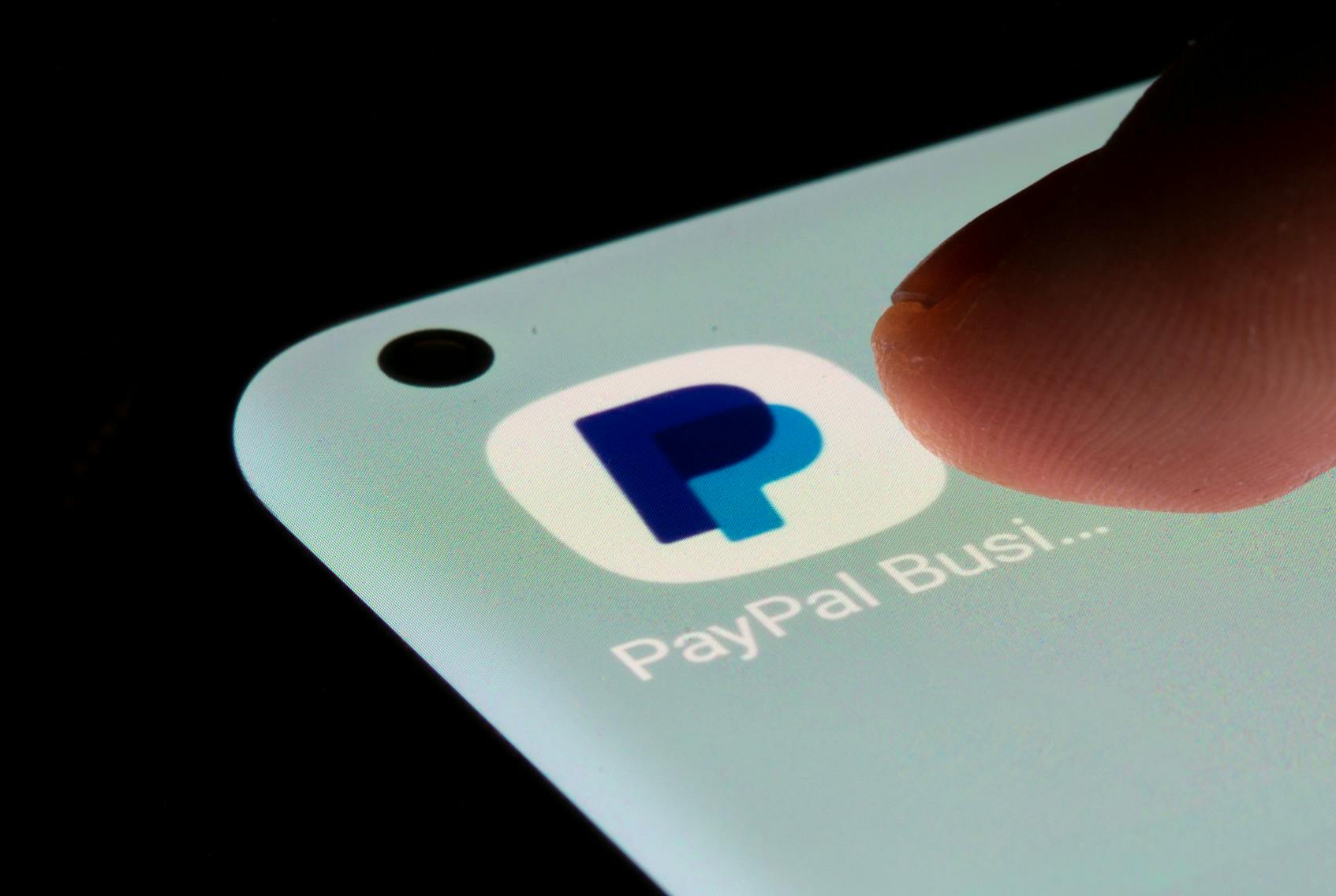PayPal, the global payments giant, delivered a mixed bag of news in its recent earnings report, with a strong performance tempered by cautious guidance for the year ahead. Despite surpassing market expectations with its earnings, the company’s projection of stagnant growth in adjusted profit for the current fiscal year has led to a 5% decline in its stock value during after-hours trading.
The financial results for the last quarter showcased PayPal’s resilience amid a rapidly evolving digital payments landscape. The company reported robust revenue figures, bolstered by an uptick in online transactions as consumers continue to embrace e-commerce in the wake of the pandemic. PayPal’s expanding user base and strategic partnerships have undoubtedly contributed to its success, cementing its position as a key player in the fintech industry.
However, the tempered outlook for the coming year has cast a shadow over the otherwise positive report. PayPal’s anticipation of flat growth in adjusted profit underscores the challenges it faces as it navigates through what it terms a ‘transition year’. This cautious stance reflects the company’s recognition of the shifting dynamics within the payments sector, including increased competition and evolving consumer preferences.
One factor contributing to PayPal’s cautious outlook is the intensifying competition from both traditional financial institutions and emerging fintech disruptors. As more players enter the digital payments arena, the landscape becomes increasingly crowded, putting pressure on established firms like PayPal to innovate and differentiate their offerings. Moreover, regulatory scrutiny and compliance requirements add another layer of complexity to the operating environment, potentially impacting the company’s profitability.
Additionally, shifting consumer behavior presents both opportunities and challenges for PayPal. While the accelerated adoption of digital payments bodes well for the company’s long-term growth prospects, changing consumer preferences and expectations necessitate ongoing investment in technology and customer experience enhancements. Meeting the evolving needs of a diverse user base requires agility and innovation, areas where PayPal will need to demonstrate continued strength to maintain its competitive edge.
Despite the near-term challenges, PayPal remains well-positioned to capitalize on the long-term trends driving the digital payments revolution. The company’s strong brand recognition, robust infrastructure, and global reach provide a solid foundation for sustained growth and innovation. Moreover, strategic initiatives such as the expansion into buy now, pay later services and the integration of cryptocurrency offerings signal PayPal’s commitment to staying at the forefront of industry trends.
Investors, however, are likely to remain cautious in the near term as they assess PayPal’s ability to navigate through the challenges of this ‘transition year’ and deliver on its long-term growth objectives. While the recent dip in share price may reflect short-term sentiment, the underlying fundamentals of the company suggest that PayPal remains a formidable player in the ever-expanding realm of digital payments. As the company continues to adapt and evolve in response to changing market dynamics, its ability to innovate and execute will ultimately determine its success in the years to come.






